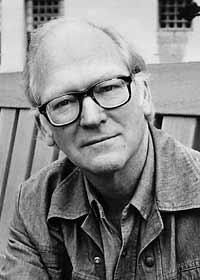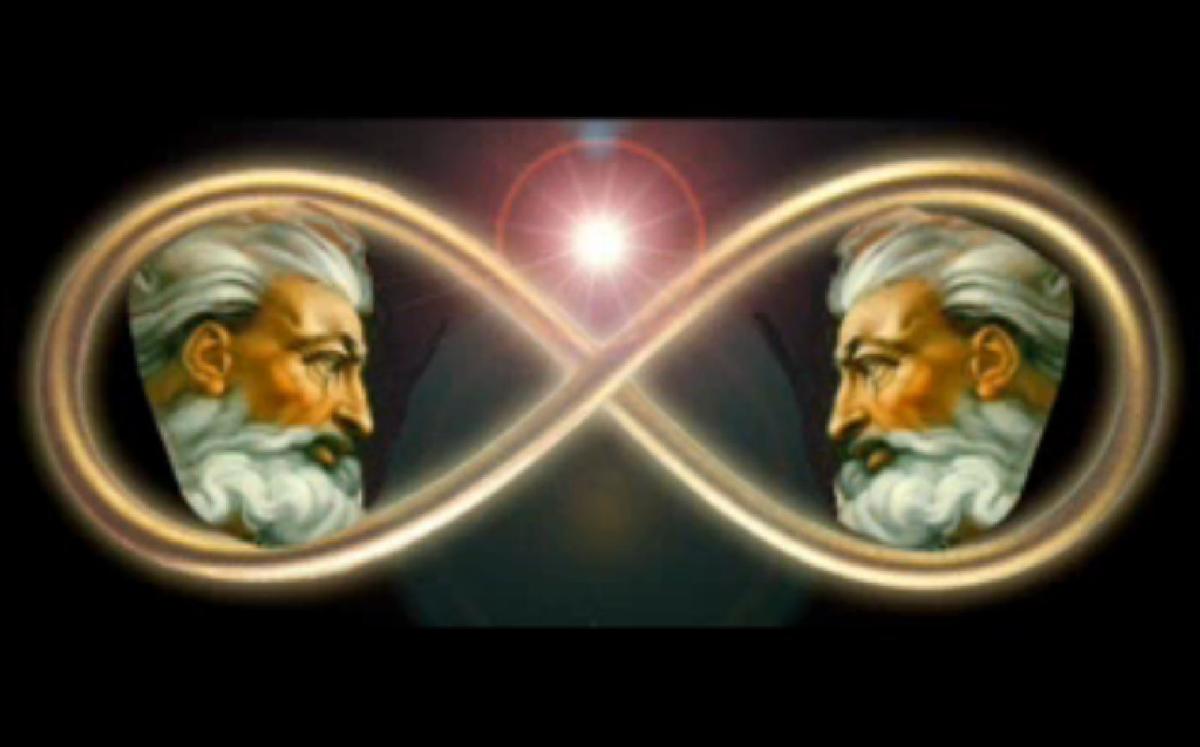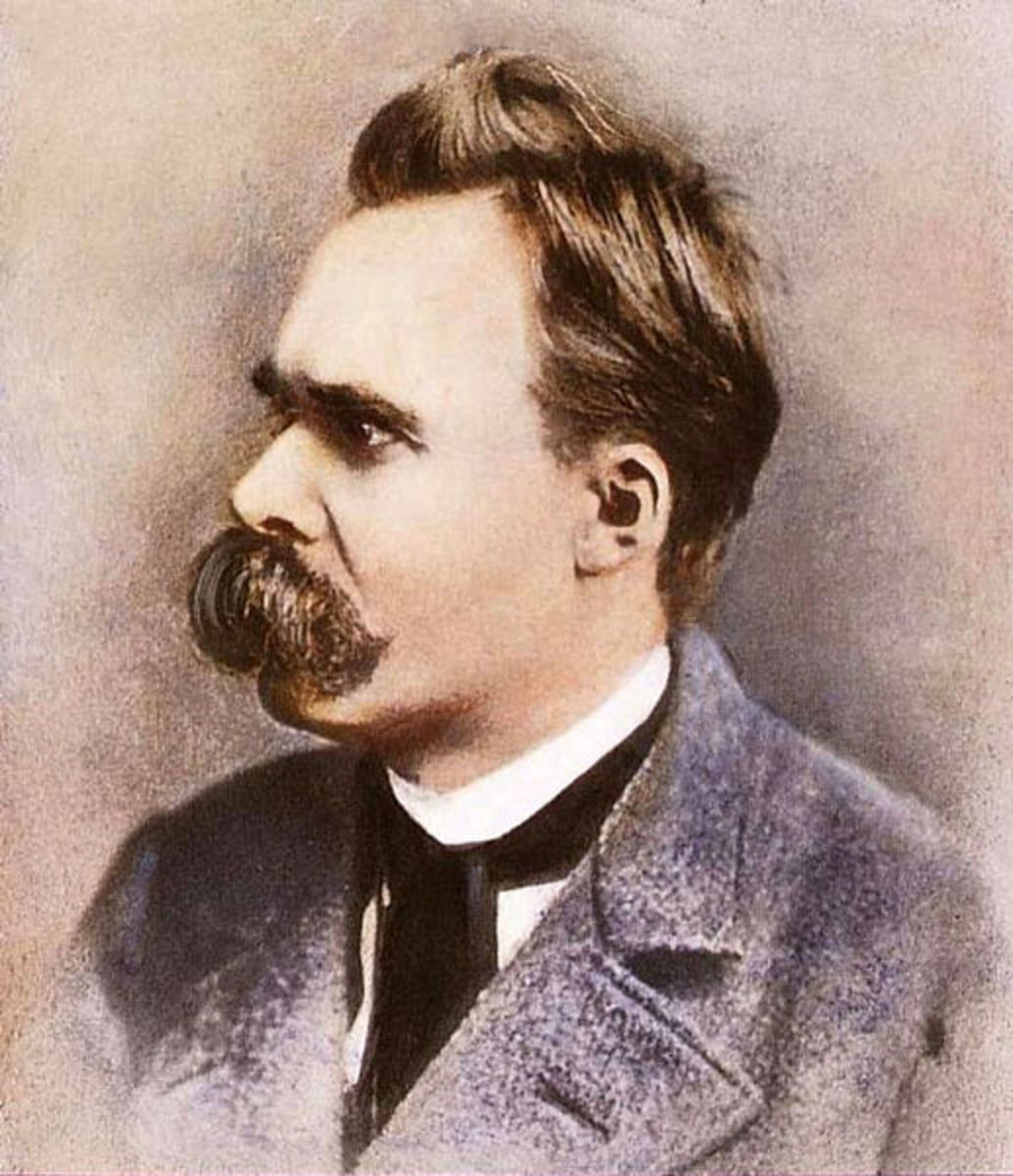Connections Between Quine’s “Meaning and Truth” and Davidson’s “Truth and Meaning”

In Quine’s “Meaning and Truth,” under the section "Truth and Semantic Ascent" (TSA), and in Davidson’s “Truth and Meaning” (TM), the generalization of truth is discussed. For Quine, he makes use of semantic ascent, where we use sentences whose truth has been established to make generalizations of those who have similar structures so that “every sentence of the form ‘p or not p’ is true”; we call it an ascent because of the “oblique way in which the instances over which we are generalizing are related to one another” and grow upon one another (TSA 11). For Davidson, he uses a “(recursive) definition of truth-in-L” to give a theory of meaning for language L, where said definition “shows ‘how the meaning of sentences depend upon the meaning of words’” by showing how the meaning of L corresponds to the meanings of simple statements used to build up the sentences of L (TM 309-10). By using the similar sentence structure to make a generalization as semantic ascent would do, we are using a recursive definition to extend truth to further sentences beyond the reach of the original sentences. The truth of those sentences will depend on how their structure is built, which is by any number of simple statements. As Davidson says, the meaning of the sentence does depend on the meaning of the words, so semantic ascent and the recursive definition attack the problem of meaning in L in a similar fashion, just in a semantically different way.

When we want to understand another person who speaks sentences whose truth values cannot be discerned absolutely as true or false at the moment, we need the principle of charity to give a temporary value of true if we are to continue on with the person and gain any insights into him/her. We give the benefit of doubt as we await further input during the discussion. As we carry on with the discussion, we will gain more and more sentences from the person, and eventually we begin to develop a set of sentences. Using semantic ascent, we can compare the structure of these sentences to ones whose truth values are known to us, and so long as the structures are of a common form, we can extend the truth to the new sentences.
We can use a recursive definition to a similar effect. In a situation that calls for the principle of charity, “where we are unsure of the truth of a sentence, we can have confidence in a characterization of the truth predicate only if it pairs that sentence with one we have good reason to believe equivalent” (TM 312). Since we may have to breakdown sentences into simple statements to give a valid comparison, we can use the “known truth conditions of each sentence to those aspects (‘words’) of the sentence that recur in other sentences, and can be assigned identical roles in other sentences” (TM 311). Semantic ascent and recursive definitions help us invoke the principle of charity successfully, building truth values for new sentences we meet and therefore expanding what our truths are.
Though this use of semantic ascent and recursive definition, we can test the validity of the sentences and ultimately endorse a theory of reference that has more credence than a theory of meaning. We deal exclusively with the truth values of sentences, and by the principle of charity we put truth values to unknown sentences, for the moment, with confidence that it is correct. When we test these sentences, we can use semantic ascent and recursive definitions, which deal with prior established truths, to see if the sentences are true. Semantic ascent and recursive definition’s use of reference gains them even more credence, for by implementing these forms of reference, this allows the results to be tested empirically by comparing results of several credible people to see if they reach the same conclusion of a group of sentences through the use of semantic ascent and recursive definition. It is though this testing that we know our method “is an empirical theory, and its ambition is to account for the workings of a natural language” (TM 311). Truth is relative to language, and through semantic ascent and recursive definition we invoke more insight into the truths of sentences in the language L through a theory of reference.
Works Cited
Davidson, Donald. "Truth and Meaning." Synthese, Vol. 17, No. 3, Language in Use Including Wittgenstein's Comments on Frazer and a Symposium on Mood and Language-Games (Sep., 1967). 309-312.
Quine, W.V. "Meaning and Truth." Philosophy of Logic. Harvard Press. 1970. 11.
- Connections Between Peirce's "Some Consequences of F...
In Some Consequences of Four Incapacities (SCFC) and a follow-up paper How to Make Our Ideas Clear (HMOIC), part of Peirce’s discussion covers the temporal nature of thoughts. In SCFC he discusses what constitutes a thought and its meaning or... - Connections Between W.V. Quine's “Two Dogmas of Em...
In “Two Dogmas of Empiricism” (TDE) and “Notes on the Theory of Reference” (NTR), Quine discussed definability and how it must be distanced from synonymy and analyticity, which fall under the jurisdiction of the theory of meaning. Instead,... - Connections Between William James' "Pragmatism and H...
In Pragmatism and Humanism (PH) and Pragmatism and Common Sense (PCS), James discusses the origins of our beliefs. In PCS, James defines Common Sense as the set of habits of mind which were created by our ancestors, which we use as our own beliefs... - Connections Between W.V. Quine’s “Meaning and Tr...
In Quine’s “Meaning and Truth,” in particular the section
© 2012 Leonard Kelley



